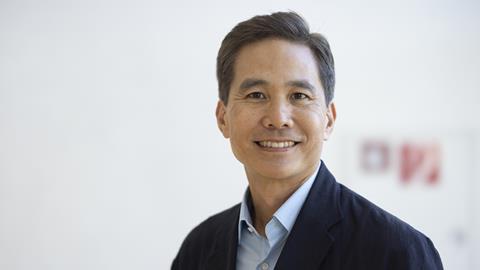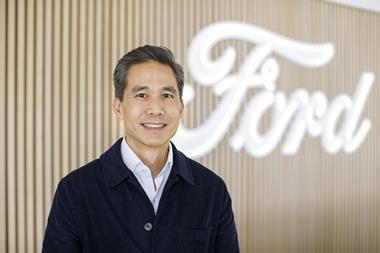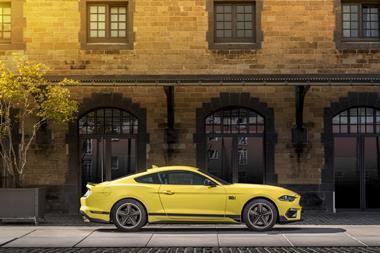Rumours that Anthony Lo had moved to China for his next gig have been confirmed
After leaving Ford as chief design officer in May this year, Anthony Lo has emerged at giant Chinese carmaker BAIC as vice president of global design. He will be based in Beijing.
Despite holding the top design job at Ford Motor Company, it was telling that Lo never relocated properly to Michigan, remaining in Paris after more than a decade there during his time with Renault. He was replaced by long-time Ford man Todd Willing in August.
BAIC have gained a real design veteran in Lo, who over the years has showcased a knack for exterior design in particular. After graduating from the Royal College of Art in London during the late 80s, Lo began his career at Lotus before moving to Germany for a role with Audi – working on projects like the Avus Quattro concept. He would go on to take senior roles at Mercedes-Benz and General Motors – handling Saab, Opel and Vauxhall projects in Europe – before joining Renault in 2010. He joined Ford in 2021 and stayed for three years.

“After a long and fruitful journey at various global automotive groups, it is with great pleasure that I have decided to join BAIC Group,” Lo said in a press release.
“I hope to combine my creative talents and experience with BAIC Group’s technical leadership and innovative spirit to venture into new areas of automotive design and create products and services that are currently unimaginable. I look forward to elevating the design team to a driving force within BAIC Group and working with other leaders to move towards a beautiful, meaningful and sustainable future.” Lo adds that he also aims to elevate the significance of design within the wider BAIC Group.
So, what does Lo’s appointment mean for BAIC? It is difficult to know what to expect, exactly. Lo is a self-professed muscle car fan, daily driving a Mustang Mach 1 in Paris during his time at Ford, but China is hardly known for its muscle car culture. What we can see is a track record of sleek, distinctive exterior designs that have stood the test of time. This could prove vital in a market where homogeneity is the overriding trend – as we discovered recently on a trip to Shanghai.
Indeed, competition among brands is no greater than in China. Newcomers have emerged from the woodwork at frightening pace, each promising the very latest technology and futuristic design. Not all of those have managed to stick around, though. To find success at BAIC, which has been around since the late ’50s, perhaps Lo can draw inspiration from his past self, as quoted in his 2016 profile for Car Design Review 6: “We need a balance of innovation and something classic in the segment [in order] to fight.”









































No comments yet